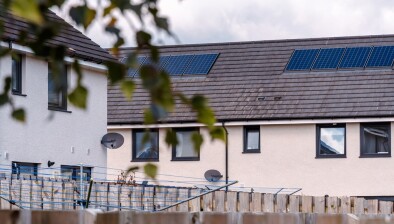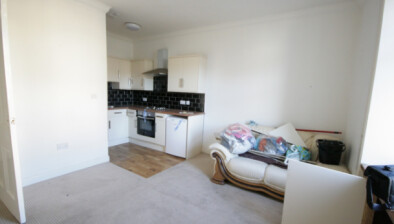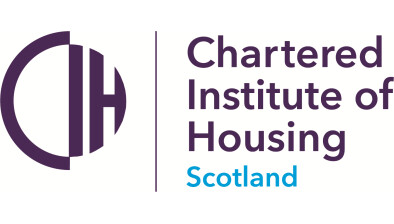Partnership marks record-breaking decade of bringing empty homes back into use
Scottish councils have been urged to make empty homes work a cornerstone of post-pandemic recovery after a record number of privately-owned vacant properties were brought back into use last year.
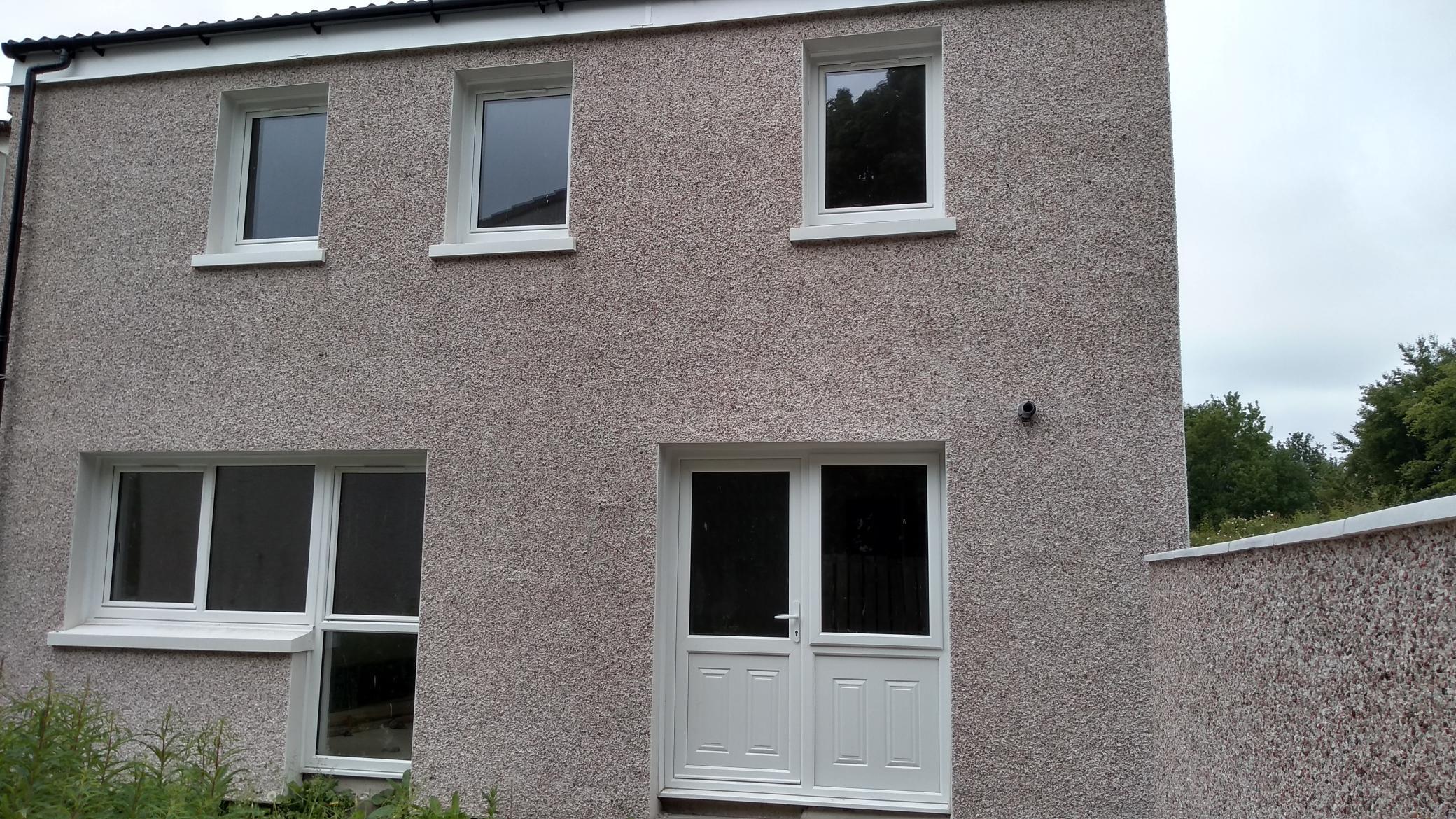
A previously empty home in Irvine
In its 10th annual report, the Scottish Empty Homes Partnership (SEHP) announced that 1,412 previously long-term empty properties have become homes again – a 25% increase on last year’s record. This brings the total number of homes brought back into use since the SEHP was established to 5,756 properties.
The SEHP, which is run by Shelter Scotland with funding by the Scottish Government, is at the frontline of the fight to recover an estimated 40,000 homes that lie empty for six months or more in Scotland.
It warned that there is a danger that this momentum could stall if empty homes are not made part of local authority recovery plans. 44% of the recovered vacant properties were brought back over the last two years, thanks to the shared knowledge and expertise of the Partnership and Empty Homes Officers from 21 local authorities across Scotland.
Shaheena Din, SEHP national manager, said: “I’m delighted that we have surpassed last year’s record. The partnership has demonstrated that, with the right support, long term empty homes can be brought back into use and can play a key role in helping to meet the demand for housing in areas where there is a shortfall in affordable housing, and in reviving town centres and sustaining fragile communities.
“This is great news at a time when the housing market faces significant challenges as a result of COVID-19 and its economic impact. Empty homes are an asset on our doorstep.”
Housing minister Kevin Stewart said: “The Scottish Government is proud to support the work of the Empty Homes Partnership. At a time when every home counts, it’s very encouraging to see thousands of previously disused privately owned homes being brought back into use thanks to the Partnership’s efforts.
“We’re actively working with the Partnership to help them maintain capacity in their network of empty homes officers to support people, communities and local economies as we move to recovery from COVID-19. The skills and expertise of empty homes officers will be invaluable in helping us face this unprecedented challenge.”
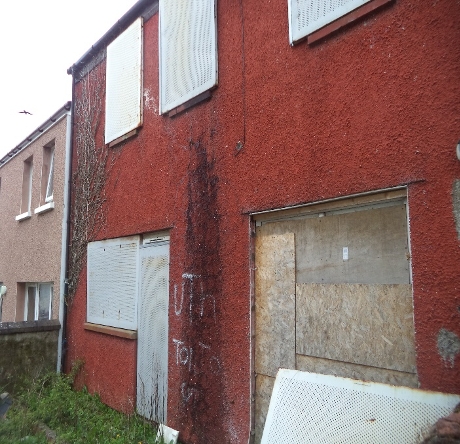
How the Irvine home looked prior to renovation
Among the Partnership’s success stories is the buy back of an empty home in Irvine. The 1960s, four-bedroom, two storey, end-terraced villa sat empty for ten years. Since March 2011, there were complaints to the council from neighbours, the local tenants’ association, and Police Scotland about anti-social behaviour in and around the property including vandalism, fly tipping and fire-raising.
For years North Ayrshire Council’s housing services private sector team worked with the owner to try to encourage them to carry out repairs and bring the property back into use. Unfortunately, due to their financial circumstances, the owner was unable to undertake the required repairs and the property continued to deteriorate with concerns growing for the impact on the house next door. Facing the prospect of a potential Compulsory Purchase Order, the owner agreed to sell the property back to the council in March 2019 at a price which reflected its current value.
North Ayrshire Council is carrying out a full refurbishment of the property with up to £40,000 of grant support coming from the Scottish Government for the property’s purchase and refurbishment.
Shaheena Din added: “On behalf of the Scottish Empty Homes Partnership I want to thank the empty homes officers for another record-breaking year. However, we face significant challenges as a result of the pandemic, and we will need the continued support and cooperation of our partners in order to sustain this success.”





